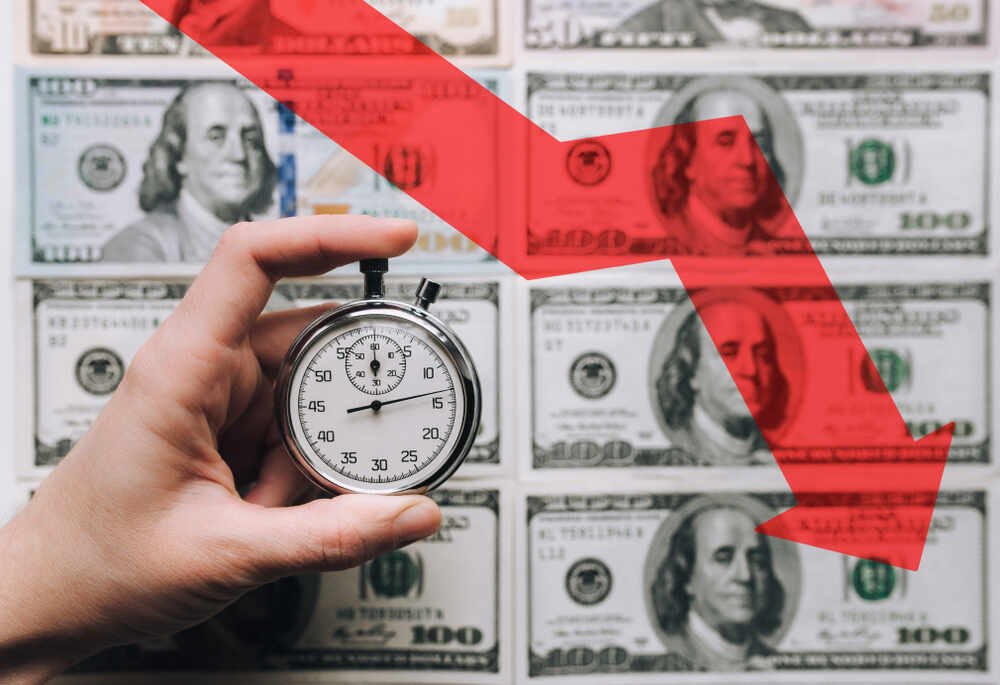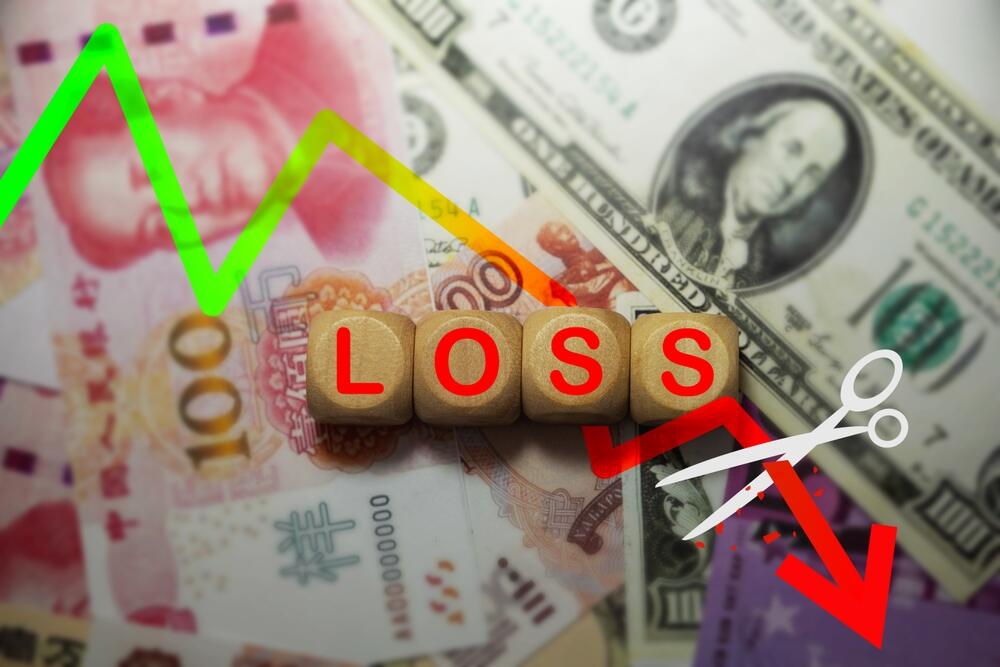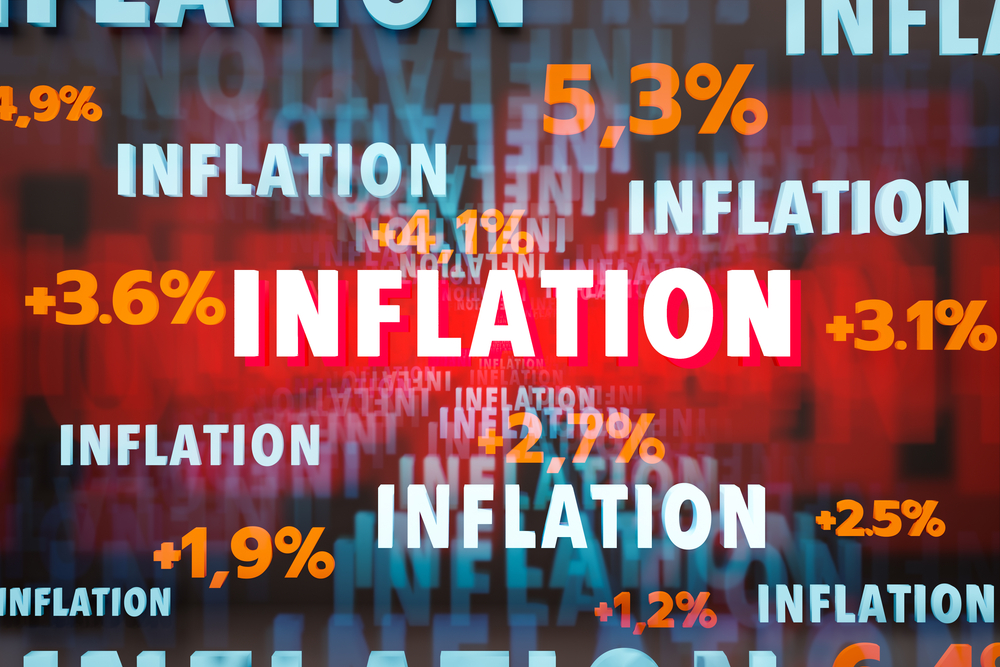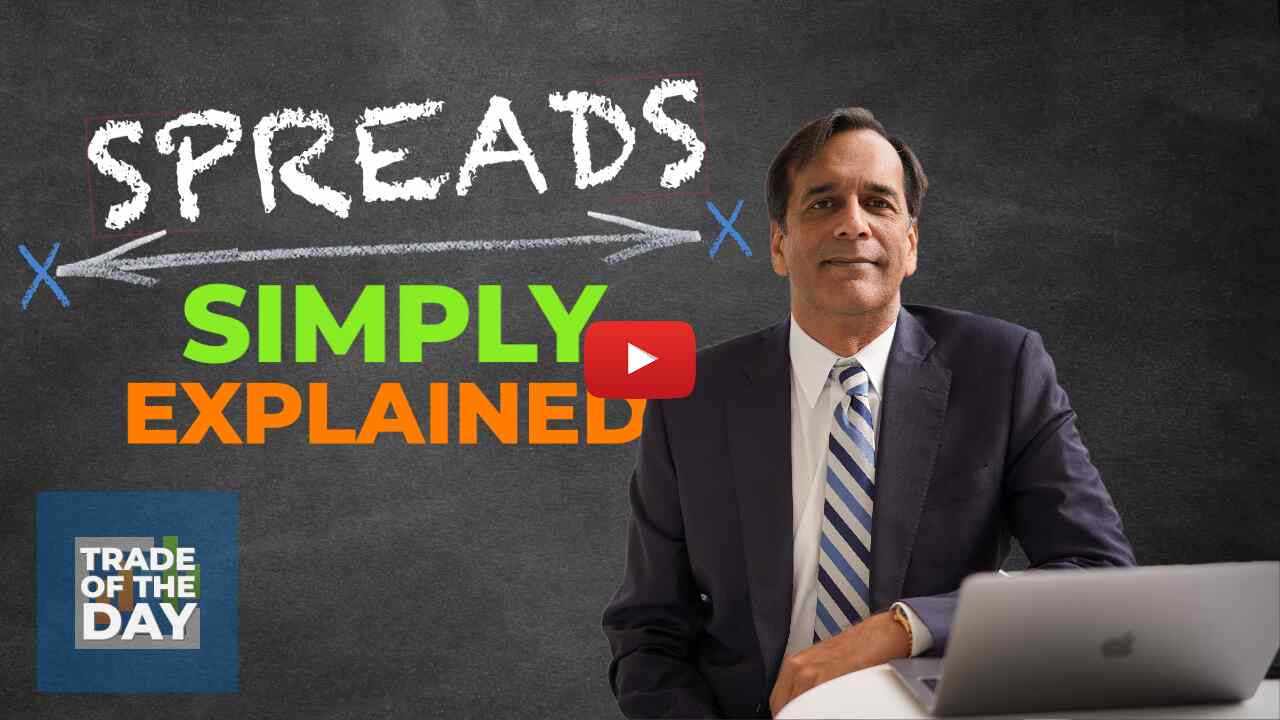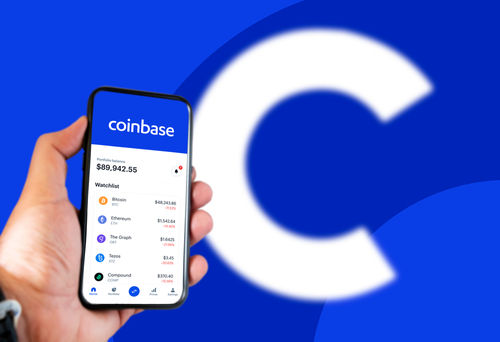How to Make Options Cheaper
It’s not always easy to trade an expensive stock that could soon make a big move. If you try for a pure directional move, you’ll probably get sticker shock.
That’s a great opportunity to use a calendar spread!
Calendar spreads are meant to take advantage of higher premiums, which are common in popular companies like artificial intelligence stock Nvidia (NVDA) – especially when those companies are about to report earnings.
Here’s what I told War Room members about how to play high-priced, high-volatility stocks going into earnings.
Let’s use a stock we’ll call “EXP” as an example.
We could go long on EXP (i.e., bet the stock will move up in price), or we could go short (i.e., bet the stock will move down in price).
Either way, since this is a popular stock with earnings coming up, our trade would be too expensive for our liking.
So instead, we’ll open a calendar spread, which means we’ll buy one option and sell another one with the same strike price but a different expiration date. Since we’re buying one and selling the other, we’ll end up paying much less overall than we would’ve paid otherwise.
A calendar spread is simply a speculation that the share price will move sharply in one direction. If you’re bullish on the stock, you buy calls, and if you’re bearish on the stock, you buy puts.
You’re essentially planting two seeds in the same garden at different times. While one plant grows, the other stays a seedling.
Let’s suppose EXP is scheduled to report earnings on August 24 and we think the stock is going to move up. We’ll buy EXP September 1 calls and sell EXP August 25 calls.
Now, you may be wondering how we’ll choose our strike price. We’ll want to pick a strike price that’s at least 10% above the current share price, and we could go up to 15% or 20% if we want. The further the strike price is from the current price, the cheaper the spread will be – because the stock will be less likely to reach our strike price.
So let’s say EXP is trading at $450 going into earnings. We’ll use a strike price of $510, which is about 13% above current levels.
We’ll buy the EXP September 1 $510 calls for, say, $15 per share or $1,500 per contract. We’ll also sell the EXP August 25 $510 calls for, say, $12 per share or $1,200 per contract. That comes out to a net debit of around $3 per share or $300 per contract. Clearly, that’s much cheaper than only buying the calls.
What Can Go Wrong With Calendar Spreads?
If the stock moves too much and too quickly, the earlier options that you sold to open will become too volatile and too expensive, and you will be forced to buy them back at a loss.
So our hope is that EXP moves only slightly higher, stays where it is or even moves lower until our earlier calls expire on August 25. If that happens, those calls will expire worthless and we’ll make a profit on that part of the spread.
But if EXP goes over $510 before the August 25 calls expire, then those calls will become more expensive for us to buy back later, which will hurt our profit potential.
The best-case scenario is EXP stays below $510 at first (so we profit on the earlier calls we sold) and then moves higher the following week (so we also profit on the later calls we bought).
And again, you can use this strategy in either direction. You can open a call spread and bet on a 10%-plus upward move, or you can open a put spread and bet on a 10%-plus downward move.
![]()
YOUR ACTION PLAN
Calendar spreads are a great way to get the upside of options for less than you would normally pay. They also take advantage of time decay and offer greater flexibility in case market conditions change.
To get more trade ideas like this one, where I show you how to pay a fraction of what most people would pay, join me in The War Room. Bryan and I have a 74% win rate in 2023, and right now we’re guaranteeing you’ll receive 252 winning trades in your first 12 months of membership.
Click here to join The War Room.
More from Trade of the Day
Six Reasons to Add This to your Portfolio Now
May 6, 2024
This Secret Helped me Retire Many Times Over
May 3, 2024
Play Short Squeezes “To The Moon”
May 2, 2024
Place Your Bets, Apple Earnings Tonight
May 2, 2024






